Fine Motor Station Cards
Affiliate and Referral links are used below to promote products I love and recommend. I receive a commission on any purchases made through these links. Please see my disclosure policy for more details. As an Amazon Associate, I earn from qualifying purchases.
Fine motor stations are a great way for teachers and therapists to help children develop fine motor skills. This is a fun way for students to work on these skills through play-based activities. It's also wonderful for teaching self-regulation and social skills.
In these stations, small groups of students work on an activity either together or individually. With fine motor stations, it’s important to have a variety of activities so you can work on different skills.
Today I'm excited to share 16 fine motor station ideas. At the bottom of this post, you'll find a free printable that you can use in your classroom or home.
Fine Motor Stations
Building Towers – Building towers with Lego or Duplo bricks is so much fun. This activity is excellent for working on fine motor skills as it helps develop grasp and hand strength as children push the bricks together and pull them apart.
Lacing – Lacing is helpful for developing visual perceptual skills, bilateral coordination, and motor planning. Lacing cards are great for preparing children for skills like tying shoes and sewing.
Button Pictures – For this activity, you will first draw zig-zag lines on a piece of paper. Then invite children to pick up buttons and place them onto the lines using the pincer grip. You could even make patterns with colored buttons.
Pre-Writing Lines – Invite students to practice pre-writing lines. If children are not ready to use a pencil, try these pre-writing activities.
Bead Threading – This station is not only good for fine motor skills, but also for eye-hand coordination, bilateral coordination, and concentration. Students will string beads onto a piece of string or yarn. Pipe cleaners are a sturdier option if the string is too difficult for the child.
Q-Tip Painting – Q-tip painting is great for encouraging children to use the pencil grasp. Students will dip a Q-tip into paint and then create pictures with it. You can also use Q-tips and fill-in bubbles to create alphabet letters or numbers.
Shoe Tying – Learning to tie shoes can be difficult, so having a station to practice this skill is a good idea. Check out these fun fine motor activities for shoe tying.
Pom-Pom Pick Up – Kid tweezers are a fantastic fine motor tool. There are so many ways to use them…pick up pom-poms, gems, acorns, and more.
Shape Sorting – Shape sorting can be used with this toy station or a homemade one. This activity strengthens eye-hand coordination, fine motor, and problem-solving skills.
Play Dough – Play dough is awesome for building strength in the hands. Let children squish, roll, cut, and explore the play dough with their little fingers.
Hole Punching – Invite children to use a hole punch on paper or even leaves.
Water Droppers – For this simple activity, fill a container with water and then add some food coloring. Invite the child to use a water dropper to transfer the water to an empty container. It might surprise you how much kids enjoy this simple task!
Cutting Practice – Scissor skills are important to work on, but it's a skill that many children struggle with. There are many ways to set up scissor practice activities for children, which you can read about here.
Hammering – Hammering requires great eye-hand coordination. I recommend using golf tees with a kid hammer to practice these skills.
Here are a few ways to use this station.
2. Golf tees and an egg carton
3. Golf tees and a cardboard box
Block Stacking – This is a simple activity, but very effective! Stacking blocks helps kids develop grasp, eye-hand coordination, bilateral coordination, and more!
Clothespins – Have children practice transferring pom poms with clothespins to build hand strength.
Fine Motor Stations Free Printable
To get your PDF download, enter your email address into the form below. Click the green “click here” button and you'll be redirected to a success page with a special offer.
Then head to your email inbox and download the file directly from your email.
You'll also receive my weekly child development tips newsletter. I share a lot of free downloads and other resources I use and enjoy with you. You can unsubscribe at any time.
If you are a returning subscriber, thanks for coming back! You won't be subscribed again or get any duplicate emails. By entering your email below, it lets my email provider know which printable to send you.
Author Bio: This post and printable were created by Angela of TeachingMama.org. Teaching Mama is an education blog, where she shares hands-on learning activities for toddlers and preschoolers. Angela is a former teacher, turned homeschool mama to 3 boys.
You May Also Like:

Heather Greutman, COTA
Heather Greutman is a Certified Occupational Therapy Assistant with experience in school-based OT services for preschool through high school. She uses her background to share child development tips, tools, and strategies for parents, educators, and therapists. She is the author of many ebooks including The Basics of Fine Motor Skills, and Basics of Pre-Writing Skills, and co-author of Sensory Processing Explained: A Handbook for Parents and Educators.

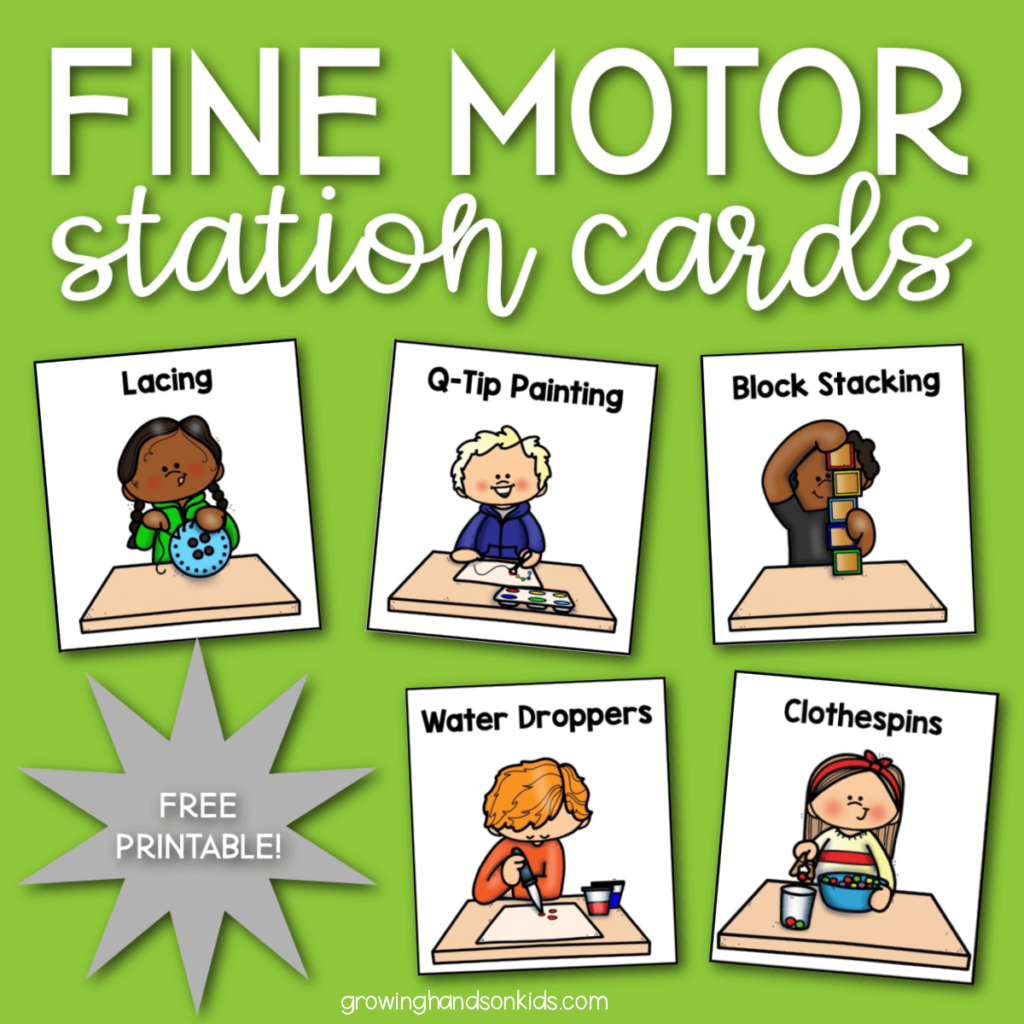
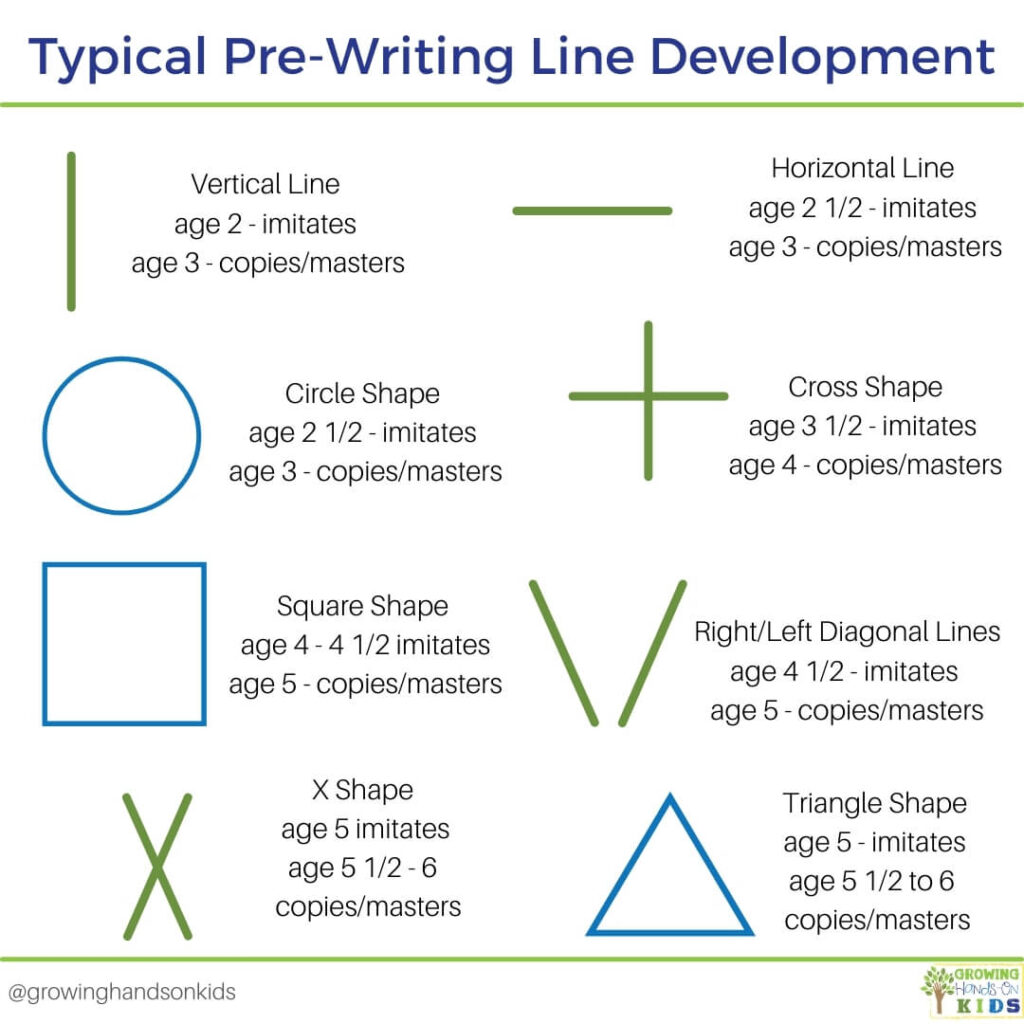
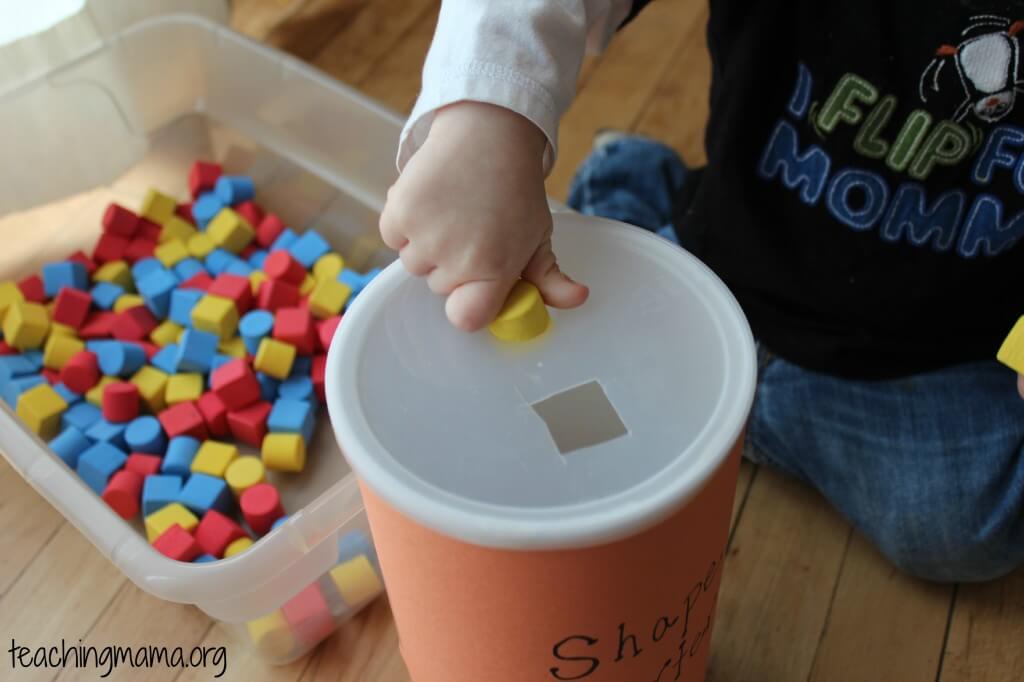
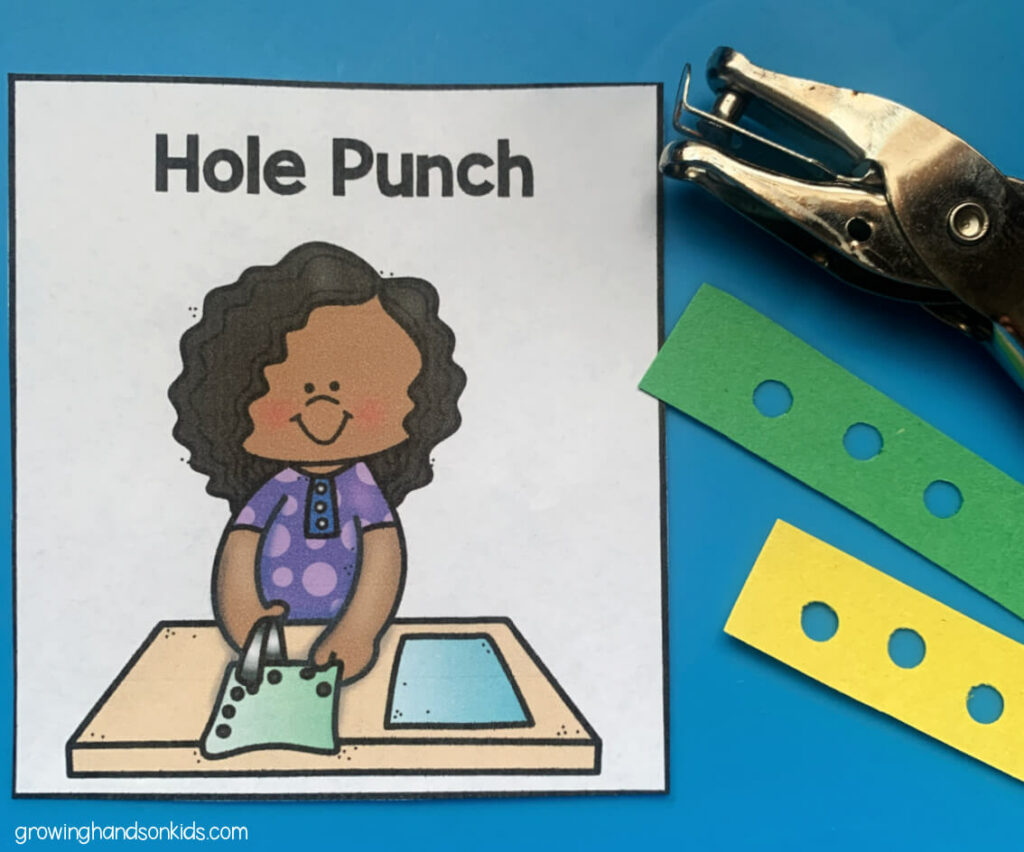
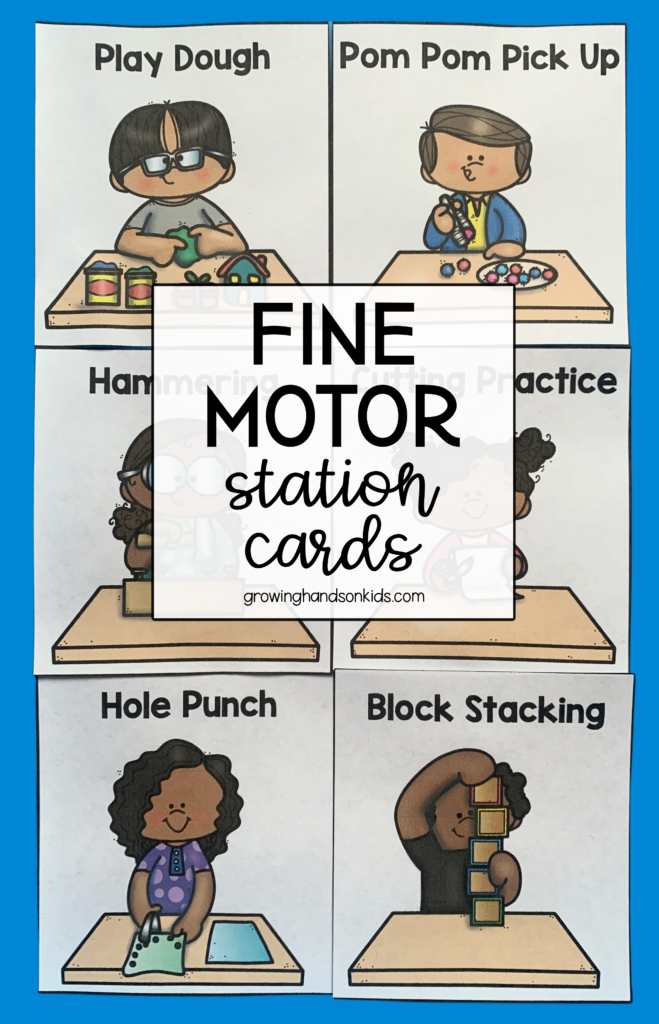
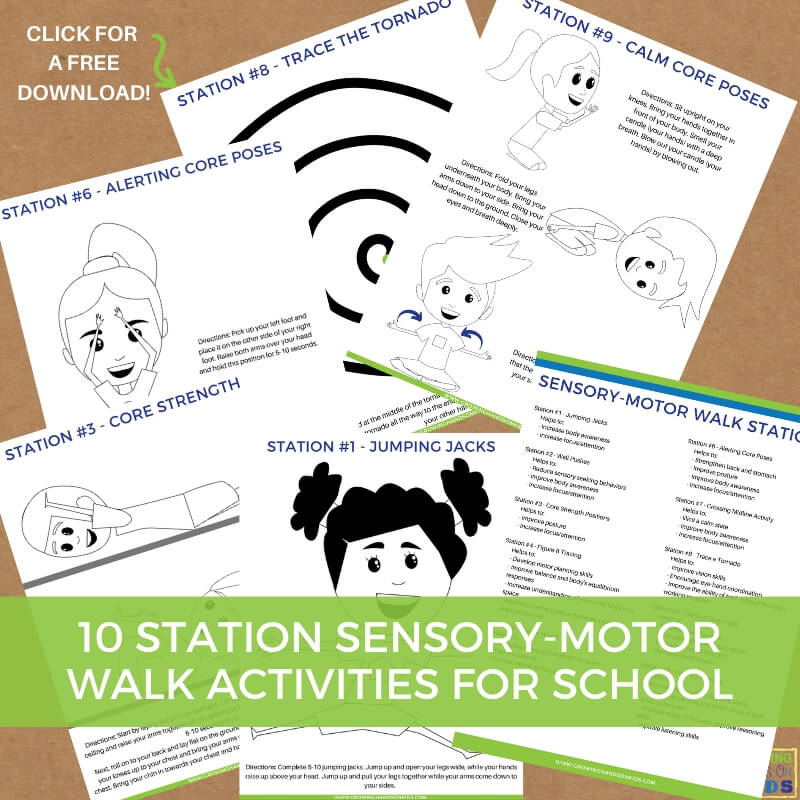
Developing fine motor skills and eye-hand coordination are very important in every student’s life at home or at school.
Some of the suggested stations we are currently using in class so we are on the right path.
Thank you very much for the resources.
Thank you!